Tuna (eel): Tuna (eel) are freshwater fish found occasional in the streams within the UC campus and are featured in many pūrākau (stories) in te ao Māori. Tuna were an important food source for iwi and hapū including Ngāi Tūāhuriri. In the 1970s, they were a popular export, resulting in habitat loss and overfishing. Tuna have faced a decline in numbers, however local iwi, Ngāi Tahu have been committed to restoring Tuna populations and increasing protection of habitats. You can find Tuna swimming around in the Waiutuutu Okeover stream, behind the Te Ao Marama building.
Please Note Kete 1 is out of action due to Tea Party from Monday 14th October- Wednesday 23rd October. We apologise for any inconvenience
9 Kete Disc Golf Course
Disc Golf is suitable for all ages. Disc hire is available at UC Rec&Sport on Kirkwood Avenue. Discs can also be purchased from Vortica Disc Golf.
The object of Disc Golf is to complete each kete in the fewest number of throws. A golf disc is thrown from the tee area to a metal kete, which is the target. As a player progresses down the fairway, they must make each consecutive shot from where the disc landed in the previous throw. Te Taiao (natural environment) provide challenging obstacles for the disc golfer. When the disc finally lands and comes to rest within the chains or the kete, the kete is completed.
Please enjoy your round, respect and keep others safe within the course and take care of the environment. Pick up rubbish and look after the whenua.
How it works
- UC Staff, UC Students and UC RecCentre Members can borrow a disc golf set at no cost. One set per person.
- Pickup discs from UC RecCentre (20 Kirkwood Ave) or Campus Security (114 Ilam Road). (
- Return discs to where you hired them from. After hours returns between 9pm-6am weekdays and 5pm-9am weekends, please return to Campus Security.
- Users external to UC and who aren't RecCentre members can hire disc sets for $5.00 , and need to create a RecCentre Guest Account and leave photo ID. This can only be done at the UC RecCentre location.
- Photo ID required - An NZ govt approved form of photo ID or UC ID card is required to be left as security at the location you collect your disc set from, and will be returned with the safe (undamaged) return of disc set.
Course Rules
Disc Golfer’s Code
Give way to all community members in the area.
Miss a Mando – Advance to Drop Zone with 1 stroke penalty.
Follow the direction of target.
Play Smart
Never throw into blind areas or when players, spectators, pedestrians or other community members are in range. Use a spotter.
Respect the course
Observe all rules. No littering, graffiti or abuse of equipment, facilities, flora and fauna.
Represent the sport
Be positive and responsible. Teach others.
If you see any unsafe behaviour or are in need of immediate assistance, please contact
UC Security on 0800 823 637 or 111 for emergencies
Kete (Hole) 1: Tuna

Kete 2:Tōtara
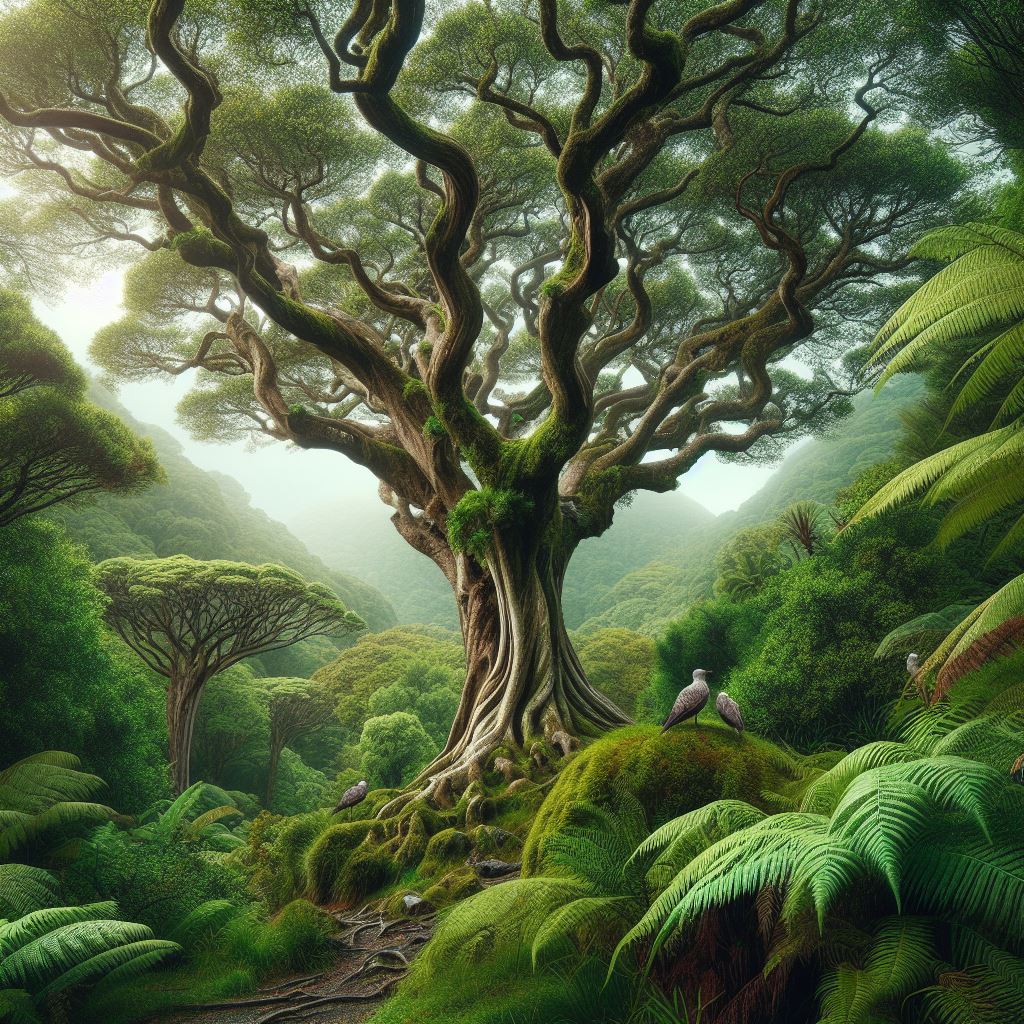
Tōtara: Tōtara (Podocarpus totara) is a native Aotearoa coniferous tree that is highly prized. Known for its versatile and durable wood, Tōtara was/is used for many different purposes including carving waka (canoe), pou (pillars), and wrapping of pōhā (storage bags). Tōtara trees can grow to be over 40 meters tall and 4 meters in diameter and can live for over 1000 years. Tōtara wood is hard, straight grained, and very resistant to rot, making it ideal for use in various and sustainable ways.
Kete 3: Kowhai
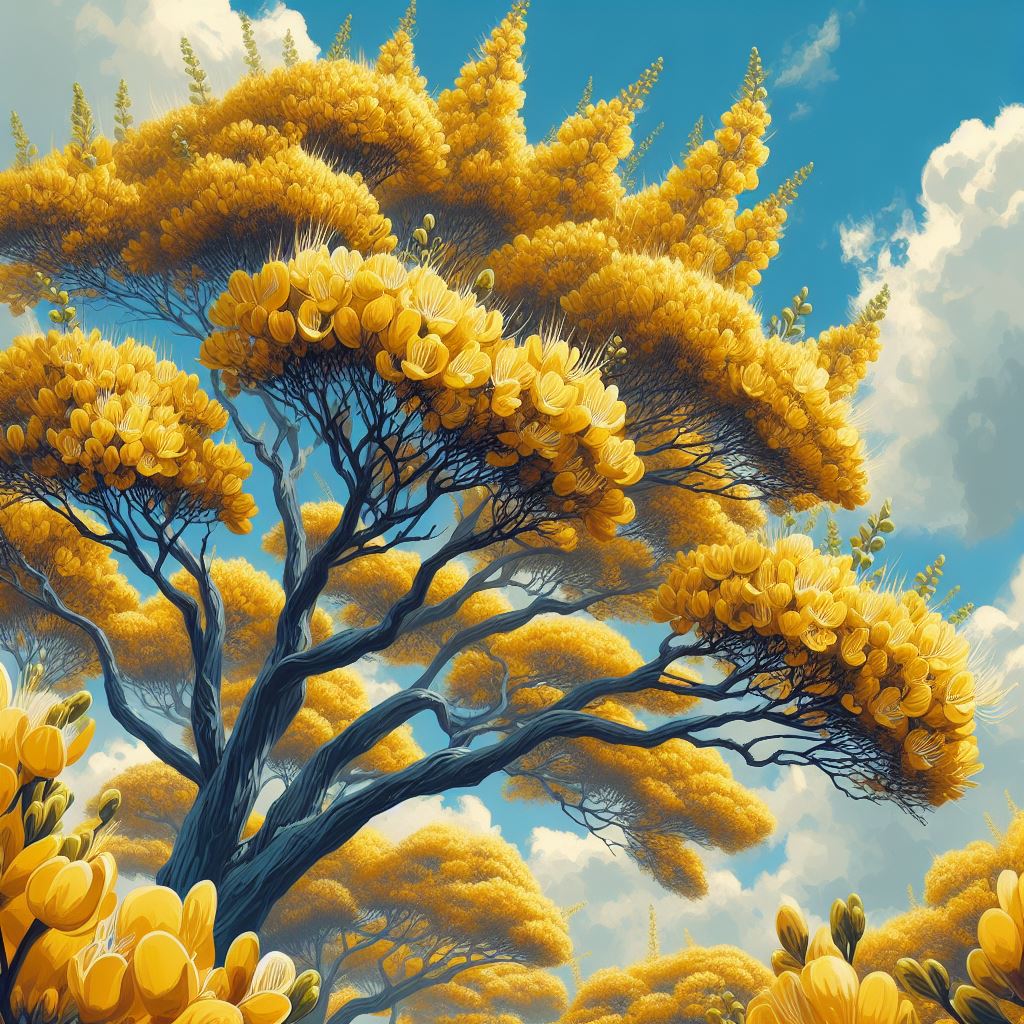
Kowhai: Kowhai (Sophora) is a native Aotearoa flowering tree famous for its bright yellow petals. Kowhai is a versatile and beautiful tree that has been used by iwi, including Ngāi Tahu, for centuries. Kowhai has been used for many purposes, including food, medicine, and dyes. Kowhai trees can grow to be over 10 meters tall and have a wide canopy of golden yellow flowers. Kowhai flowers bloom in the spring and summer and attract a variety of manu (birds) and mū (insects). Kowhai is also a nitrogen-fixing tree, which means that it helps to improve the fertility of the soil and is associated to new beginnings and growth.
Kete 4: Pīpīwharauroa
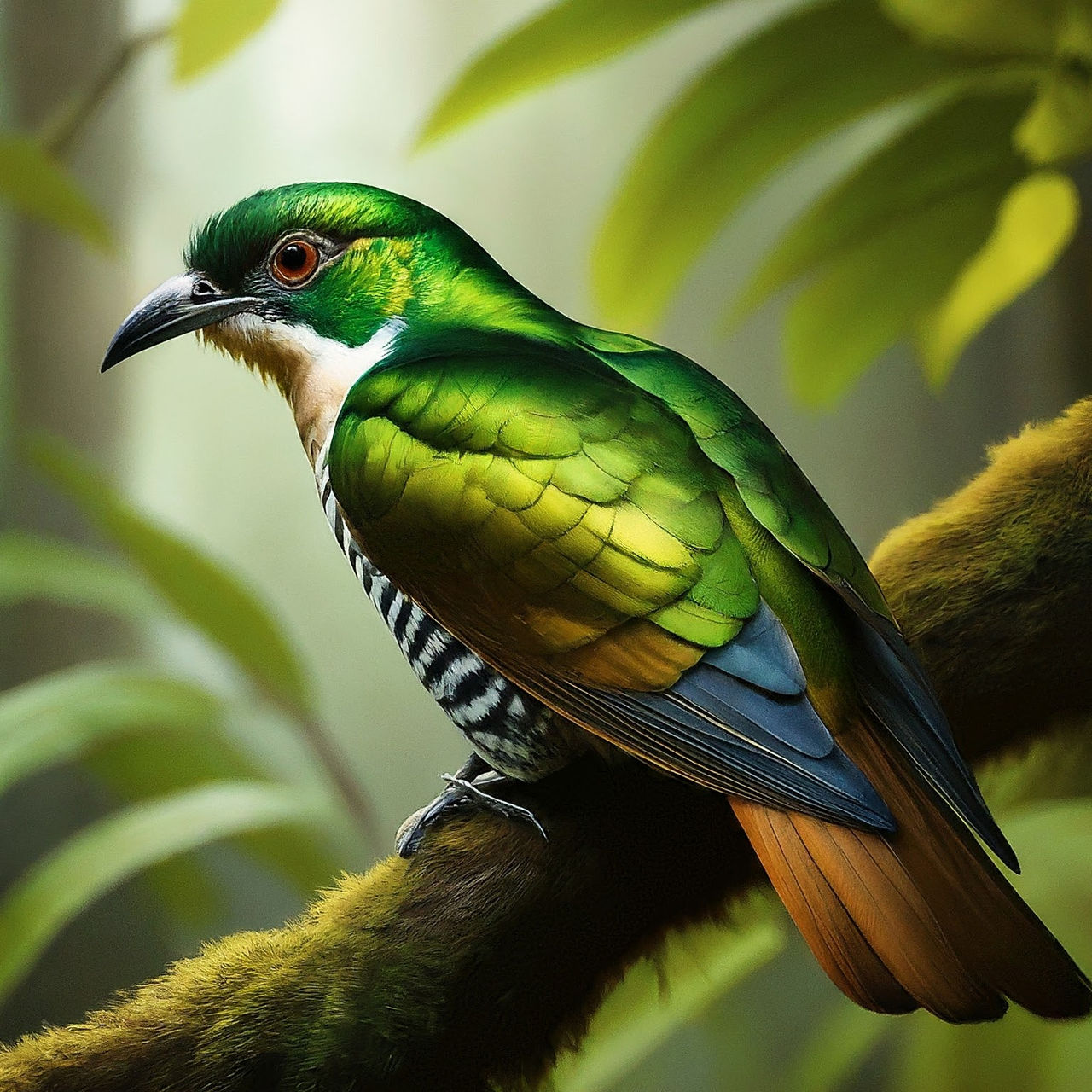
Pīpīwharauroa: Pīpīwharauroa (shining cuckoo, Chrysococcyx lucidus) is a migratory bird that spends the raumati (summer) in Aotearoa, making long annual trans-oceanic migrations. When Pīpīwharauroa were sighted flying across the land from the islands, Māori knew it was time to plant the kūmara. Pīpīwharauroa are a sign of kōanga (spring) and new beginnings. Pīpīwharauroa are resourceful manu and are known as brood parasites, laying their eggs in the nests of other birds.
Kete 5: Tī kōuka

Tī kōuka: Tī kōuka (cabbage tree, Cordyline australis) is a native Aotearoa tree found all across Ngāi Tahu whenua (land). Tī kōuka trees can grow to be over 20 meters tall and have a long, slender trunk that is topped by a crown of sword-shaped leaves. The leaves of the Tī kōuka are edible and can be eaten cooked or raw. The inner core of the trunk, known as the piko, is also edible, and can be cooked or dried and ground into a flour. Tī kōuka sap can be used to make a sweet syrup, and the flowers can be eaten or used to make a tea.
Kete 6: Kōtare
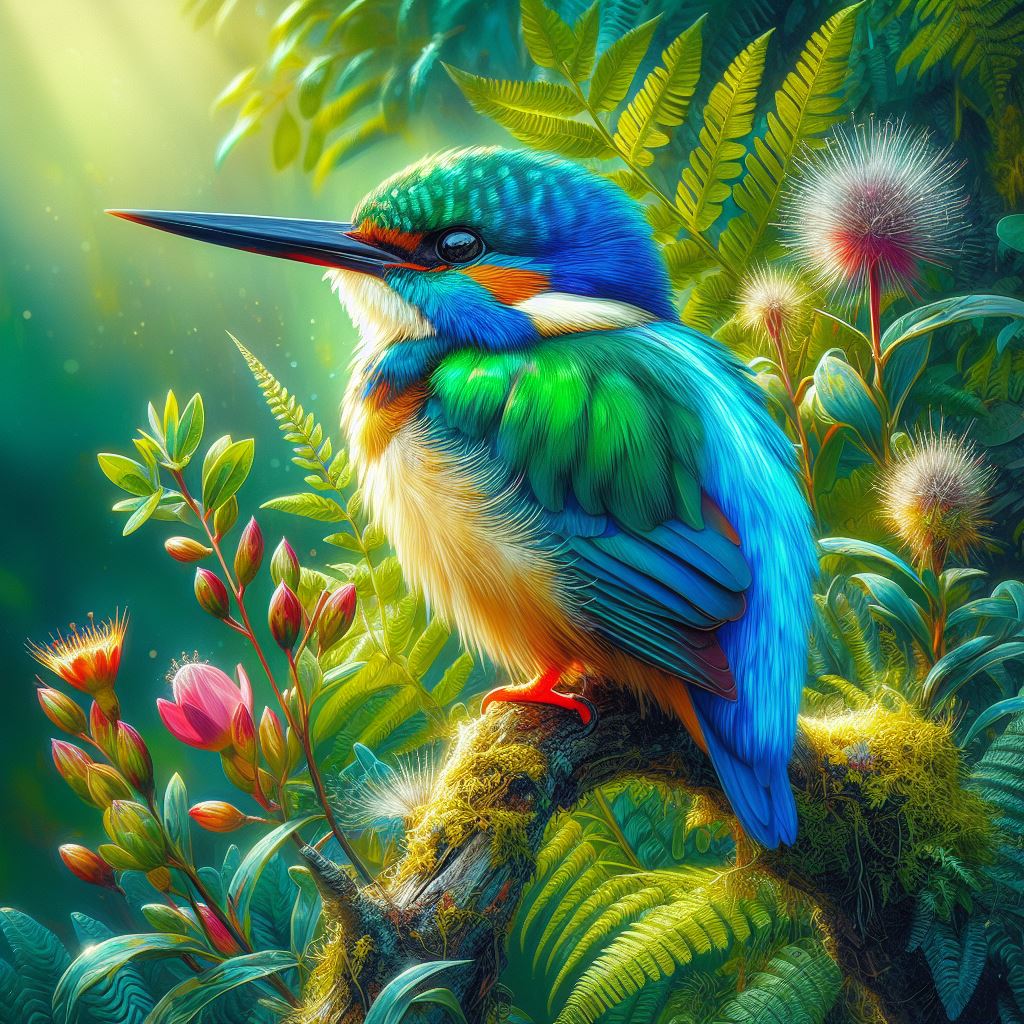
Kōtare: Kōtare (kingfisher, Todiramphus sanctus) is a small, brightly coloured bird that is found throughout Aotearoa. Kōtare are known for their distinctive call, which sounds like a sharp whistle. Kōtare are also skilled fishers and can often be seen diving into rivers and streams to catch their prey. Kōtare are a symbol of strength, courage, and resourcefulness throughout te ao Māori. Historically, their feathers were used to make korowai (cloaks) and other kākahu (clothes), and their bones were used to make tools and ornaments.
Kete 7: Toetoe
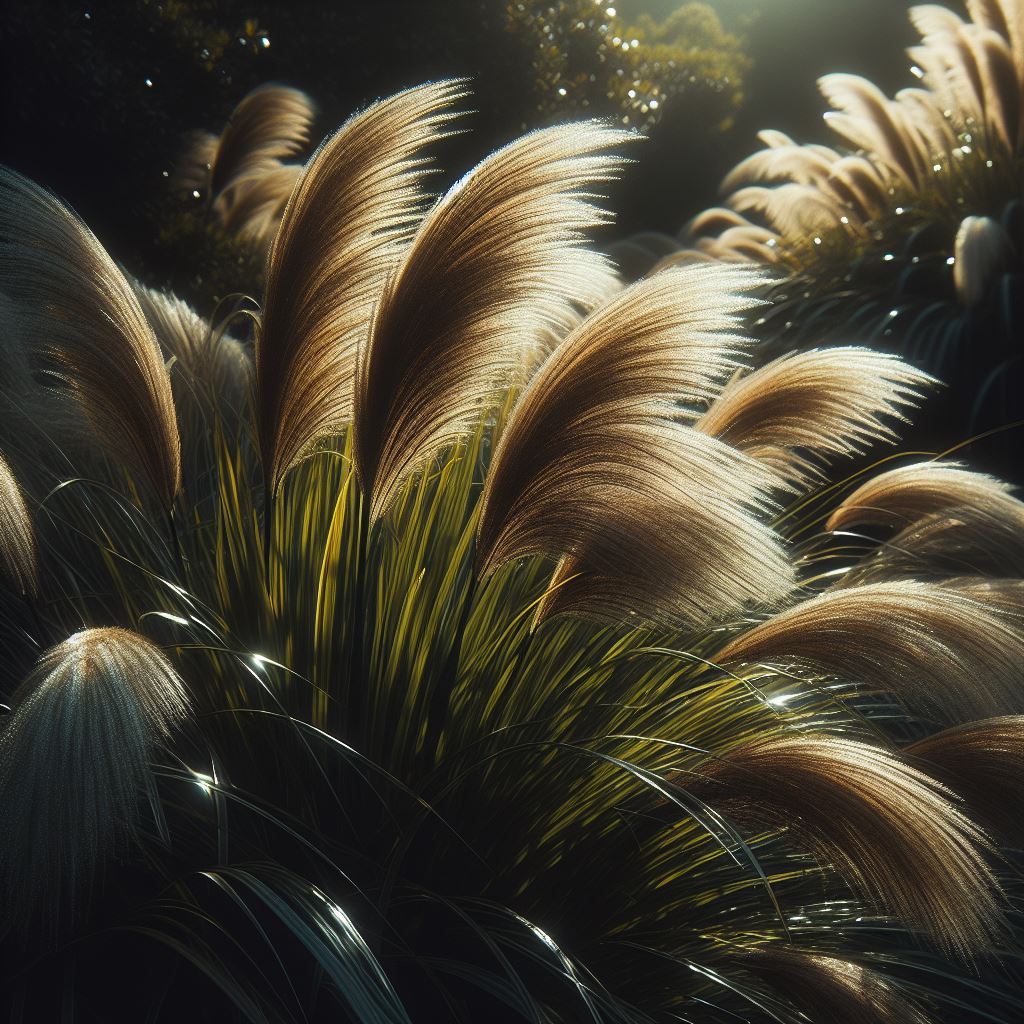
Toetoe: Toetoe (Cortaderia Richardii) are the largest native grasses of Aotearoa. Toetoe can grow up to 3 meters tall, and have long, slender leaves that can be up to 2 meters long. Toetoe flowers are creamy white in colour and are arranged in large panicles. Toetoe is a common sight in New Zealand wetlands and riverbeds, and it also grows in some coastal areas. In some areas of Te Waipounamu (South Island), it is said that mana whenua (local agency) used toetoe for many things including lining whare (houses), decoration and rongoa (medicine).
Kete 8: Harakeke
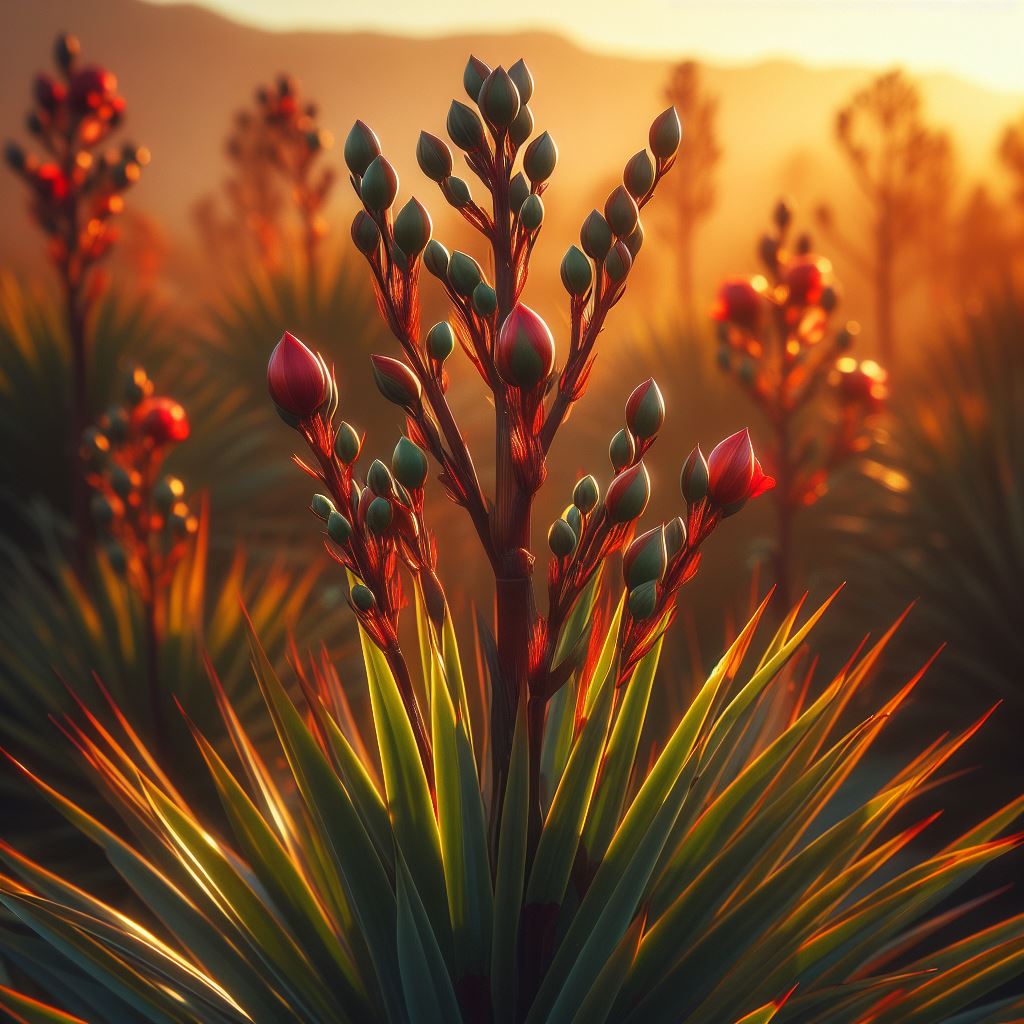
Harakeke: Harakeke (flax bush, Phormium tenax) is a native plant to Aotearoa that could be seen as the most versatile plant in te ao Māori and can be harvested all year round. Harakeke is a resilient plant that has been used by Māori for centuries and for many purposes. Harakeke leaves are used to make baskets, mats, cloaks, tools, weaponry binding, fishing nets and ropes as well as rongoa and adhesive. In pūrākau used today, Harakeke represents our whānau, with the rito (shoot) being the child, surrounded by their parents, awhi rito (larger shoots) and the outer leaves representing the tupuna (elders and ancestors). The outer, elder, leaves are used for harvest, making way for the rito to grow and thrive for the future.
Kete 9: Pīwakawaka
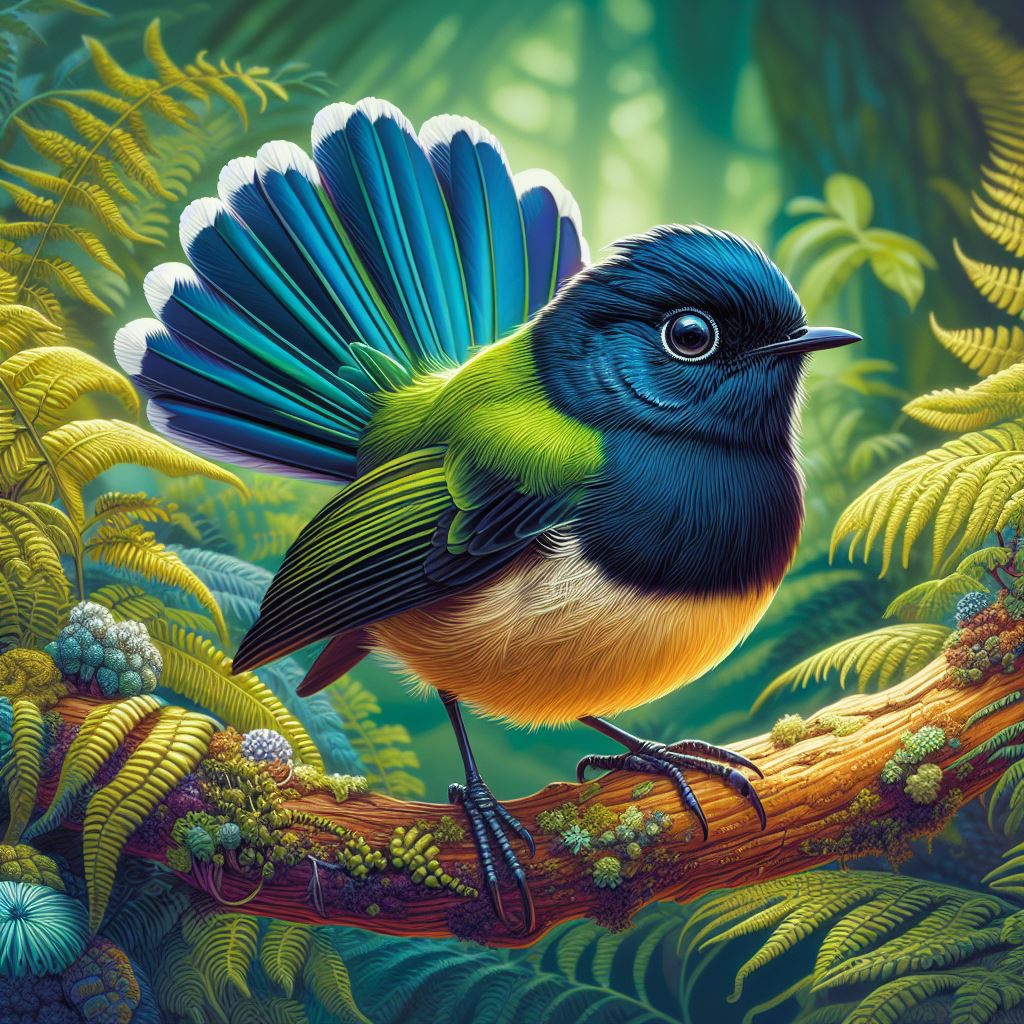
Pīwakawaka: Pīwakawaka (fantail, Rhipidura fuliginosa) are small, active manu that are found throughout Aotearoa. Pīwakawaka are known for their distinctive black and white plumage and their long, fan-shaped tails. Pīwakawaka are also known for their acrobatic flying skills and can often be seen darting through the air in pursuit of insects. In traditional pūrākau, Pīwakawaka were known for their foretelling, commonly as messengers of death, as a means to allow the people to prepare. Today, pīwakawaka are still an important part of Māori culture. They are a reminder of the importance of joy, curiosity, and playfulness. Pīwakawaka are also a reminder of the interconnectedness of all things.

